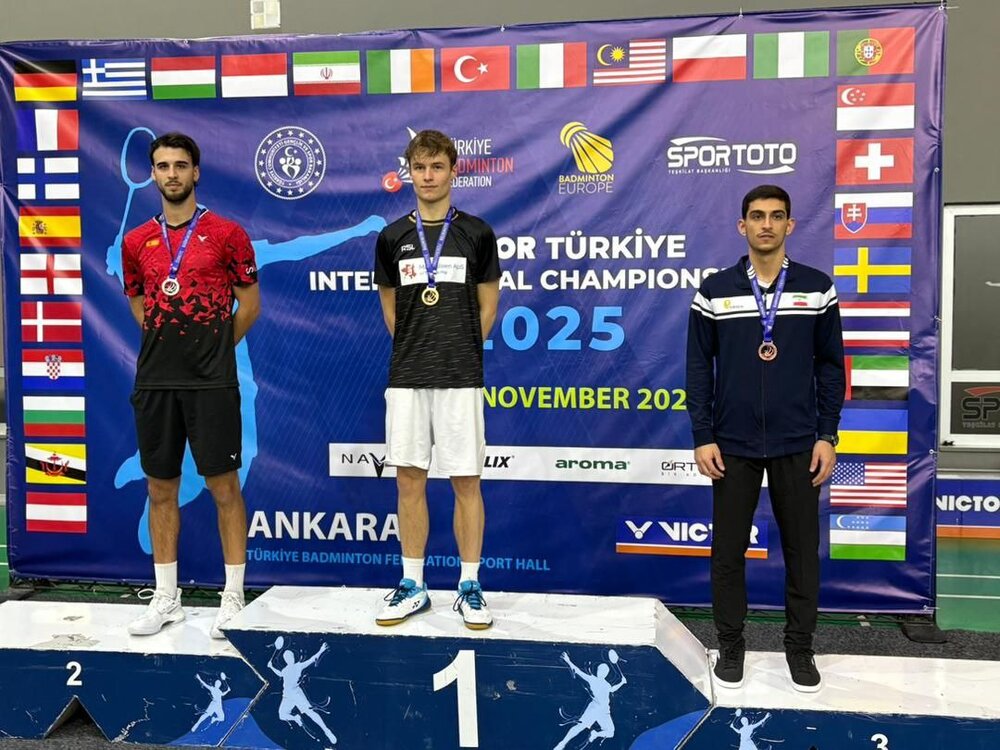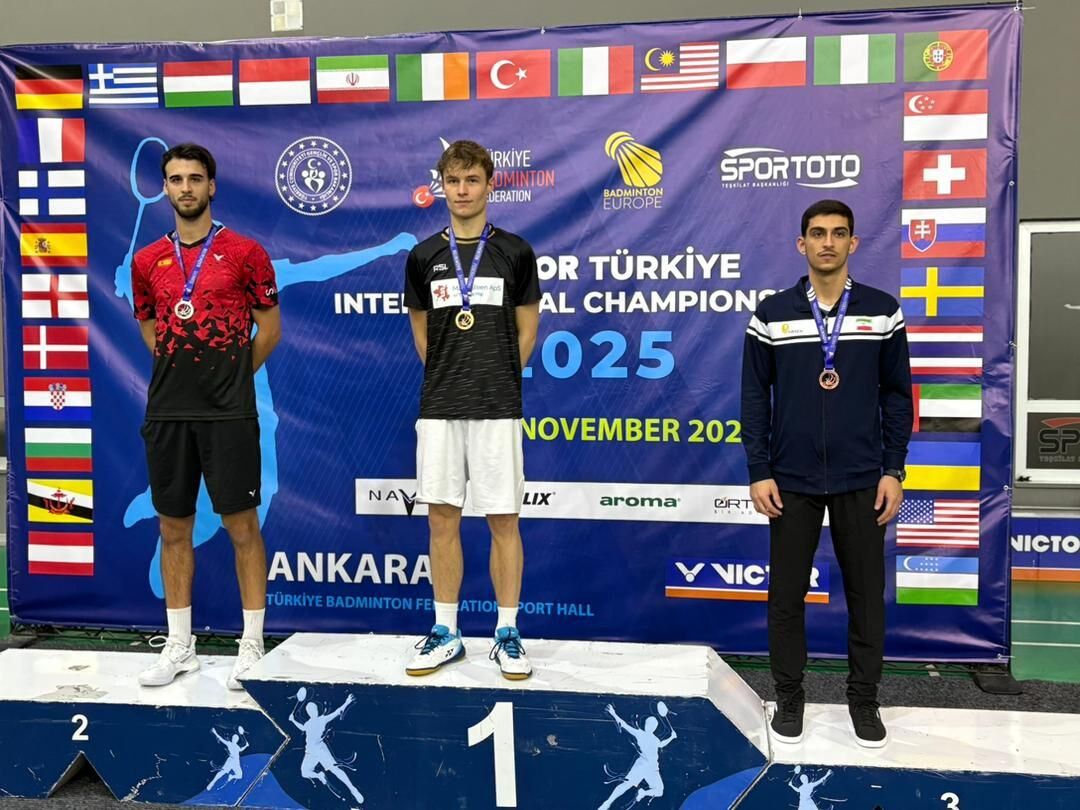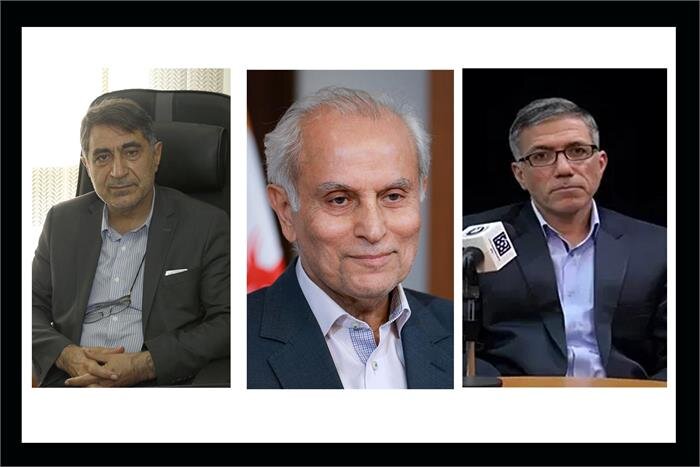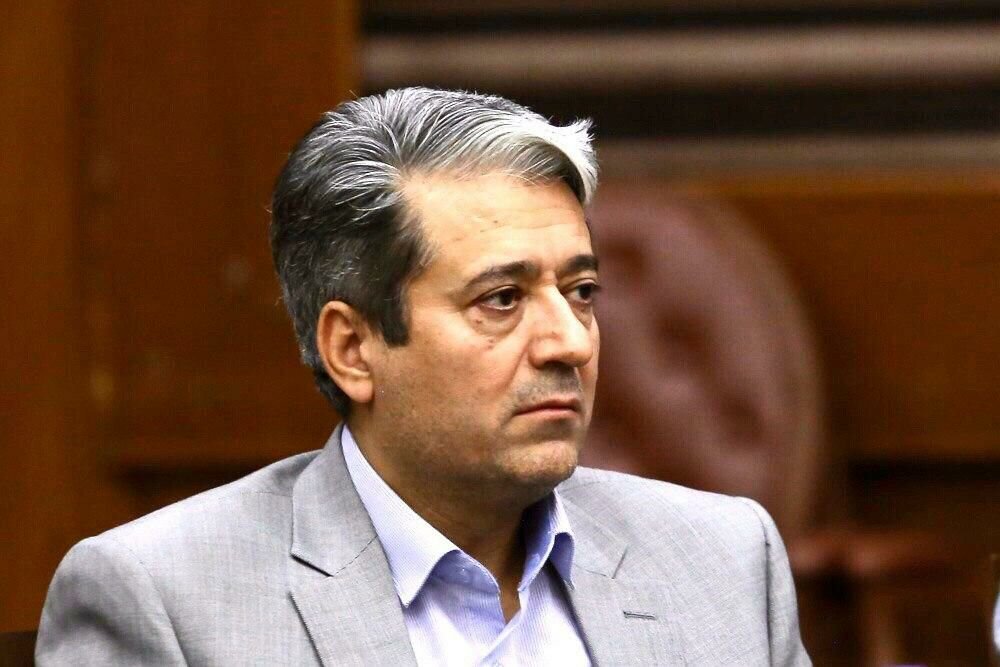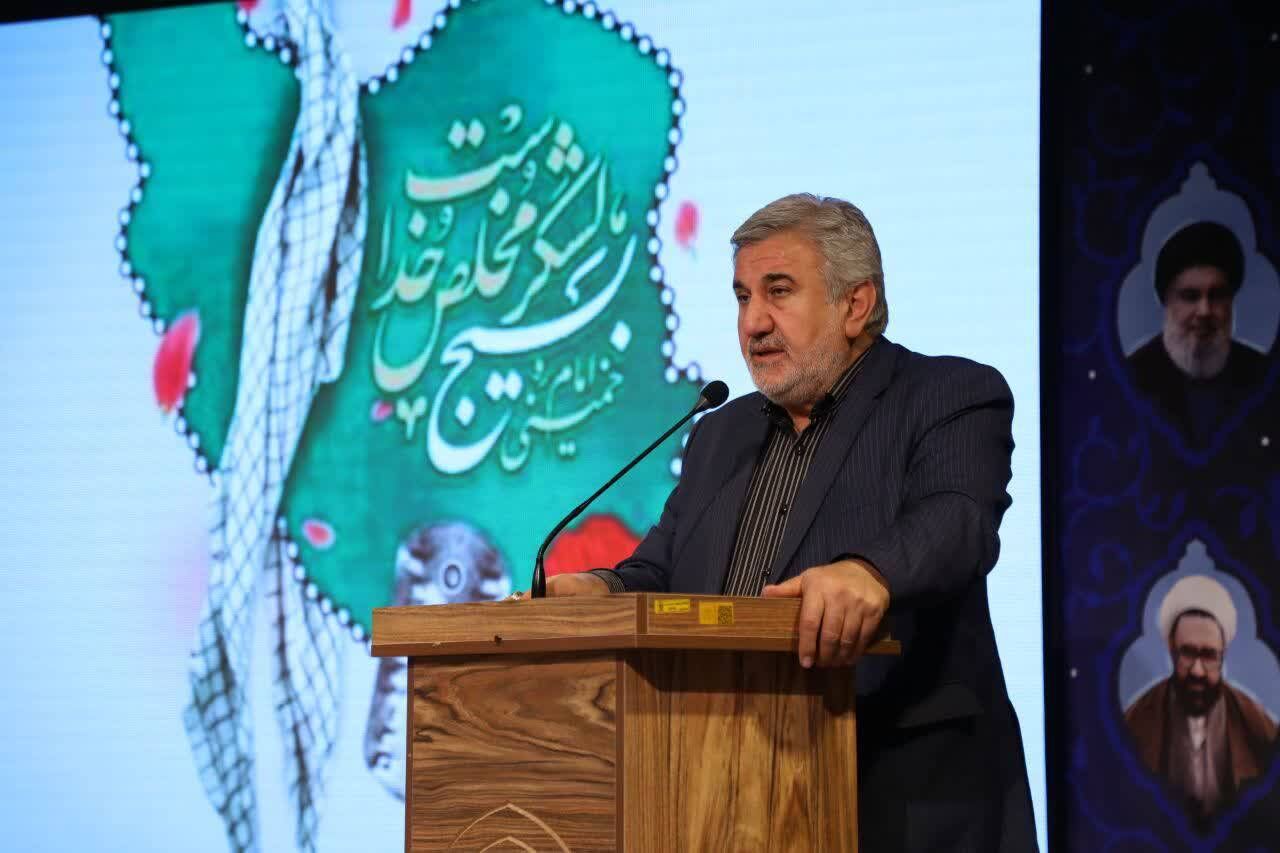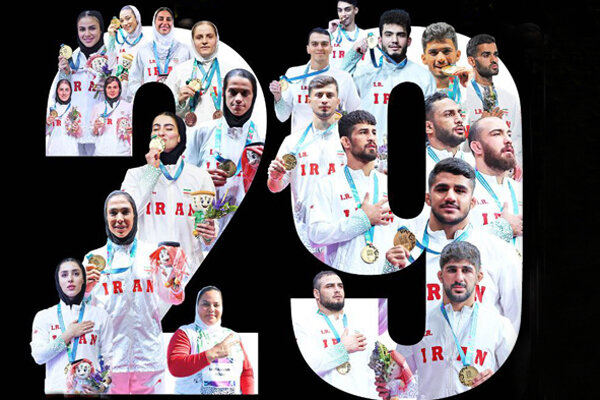They fled to south Gaza as ordered. Then Israel killed them
They fled to south Gaza as ordered. Then Israel killed them

After Israel intensified bombing and expulsion orders in Gaza City, Palestinian cameraman Sami Dawoud packed up his belongings and moved south in search of safety.
He took shelter with his family in a tent in Deir al-Balah, in central Gaza, an area considered among the least dangerous in the famine-stricken Palestinian enclave.
But within a week, an Israeli fighter jet struck the area. A bomb hit Dawoud’s tent, killing him, his daughter, and several other Palestinians.
“Sami was deeply committed to keeping his wife and children safe and as comfortable as possible wherever they stayed,” his friend and colleague, photographer Yahya Barzaq, told Middle East Eye.
“He was extremely protective of his family, especially since his wife could not bear fear. He was always keen to make sure she felt at ease,” Barzaq added.
“He always cared for his children deeply, paying attention to their clothes, education, cleanliness, and upbringing.”
In mid-August, Israel launched the first phase of a major offensive aimed at taking control of Gaza City ahead of a full occupation of the Strip.
'He was extremely protective of his family'
- Yahya Barzaq, Palestinian photographer
This marked a major escalation in its military strategy, shifting from months of targeted air strikes to a full-scale ground invasion.
By mid-September, the Israeli military had further intensified air strikes. It issued fresh mass displacement orders to over a million residents in Gaza City and the northern Gaza Strip, instructing them to flee south.
Under relentless bombardment and with no safe refuge remaining in the north, hundreds of thousands of people were forced to flee.
But many, like Dawoud, were killed in the very places they had fled to - where the bombing had been no less severe.
Since 11 August, Israel has killed 1,903 Palestinians in central and southern Gaza - representing 46 percent of the total death toll in the Gaza Strip during this period, according to the Gaza-based Government Media Office.
‘Unimagined brutality’
Originally a resident of the Shujaiya neighbourhood east of Gaza City, Dawoud was displaced multiple times since the beginning of Israel’s genocide in Gaza in October 2023.
However, following the ceasefire agreement in January, he returned home. Around a month later, he was forced out again after Israel broke the agreement, resuming the attacks on the blockaded enclave.
Initially, Dawoud resisted advice from friends, including Barzaq, to flee again.
But a day later, he sent them a message on a group chat saying that he had to flee with his family under fire and could not take anything from the house.
“We all started laughing and told him, ‘Weren’t you acting like a hero saying you would stay?” Barzaq recalled.
“He replied that he had never imagined the level of fear and brutality he and his family experienced. From that day on, Sami was determined never to expose his family to such danger again.”
After fleeing, he turned to Barzaq for help in finding shelter.
Barzaq told him about a seven-storey building in Gaza City, badly damaged - half of it destroyed and the other half leaning precariously - but still housing displaced families who considered it safer than tents.
One flat remained unoccupied, which Dawoud accepted. He stayed there for three days.
“Then he told me, ‘Yahya, the building is dangerous. It shakes a lot with every bombing, and the children are terrified,” Barzaq told MEE.
“So he moved to another apartment [in the central Gaza City].”
Fleeing from death to death
Eventually, Dawoud decided to flee Gaza City altogether. When he arrived in the central Gaza Strip last month, he contacted Barzaq once more.
“Help me. I’ve arrived, but I’m on the street,” he messaged.
Barzaq put out a public appeal online asking if anyone in Deir al-Balah could host Dawoud and his family, even for one night. But there were no responses.
“That night, he practically slept in the open,” Barzaq said.
The following day, after an extensive search, he found an empty plot of land where he pitched a tent.
He told Barzaq he was relieved, believing the area to be safe because there were no other people nearby.
Roughly a week later, an Israeli air strike targeted the tent. Dawoud was killed, along with his eldest daughter, Ghena. His wife and middle daughter were wounded.
Dawoud’s death sparked outrage and shock through Gaza’s journalist community, as his colleagues stressed that his work had not provoked the Israeli army.
“We had worked together on an online educational channel whose goal was to turn the school curriculum into digital lessons during the coronavirus outbreak, when students and teachers had to rely on e-learning,” Barzaq said.
“Sami was a cameraman and video editor. He was very skilled and professional in his work. What set him apart was that he worked quietly, with a very calm temperament. He was a man of morals, faith, and composure.”
Barzaq killed
A day after speaking to MEE on Monday, Barzaq was killed in an Israeli air strike on Deir al-Balah, in the central Gaza Strip.
The strike hit an area near a coffee shop he had visited to upload the material he had photographed.
'The incident in which he was killed was always present in his mind'
- Mahmoud Abuhamda, Palestinian photographer
Barzaq had fled from Gaza City to Deir al-Balah just two weeks earlier, according to his friend, photographer Mahmoud Abuhamda.
“He was still setting up his tent,” Abuhamda said. “It wasn’t finished yet, but he couldn’t find another place to stay, so he set it up on a building rooftop in Deir al-Balah.”
Like Dawoud, Barzaq had been desperately searching for a safe place to shelter his wife and two children before he was killed.
Upon hearing the news of his death, Abuhamda rushed to the morgue at al-Aqsa Hospital to say goodbye to his friend.
“I saw a spot of blood at the back of his head, and the blood was clotted, so I suspect it came from a shrapnel,” he said.
“This is not the first time he has faced death. Last year, while shooting a story for TRT, a quadcopter hovered overhead and opened fire directly at him. He then hid in a tent and documented the incident.”
Barzaq was widely known in Gaza as a newborn photographer, having conducted photo sessions for hundreds of babies across the Strip.
In January, he shared a video montage of newborns he had photographed - many of whom were later killed in Israeli attacks.
“These are children who were photographed in my studio. I witnessed their sweet laughter and the love of their parents for them, and they were killed in the blink of an eye,” he wrote in the caption.
“I want the war to end for everyone in general, and for the children in particular. I cannot bear to witness the suffering of the children, their crying, their fear, their screaming, and their hunger.”
According to Abuhamda, Barzaq had a strong sense that he would be killed during the war.
“He felt death was near. He always told me that he wished the war would stop because he could not guarantee surviving an air strike or shrapnel. The incident in which he was killed was always present in his mind,” he said.
“He used to speak about the contradictions - how he would take photos of newborns who had just come to life, and now he was documenting death in Gaza.”






